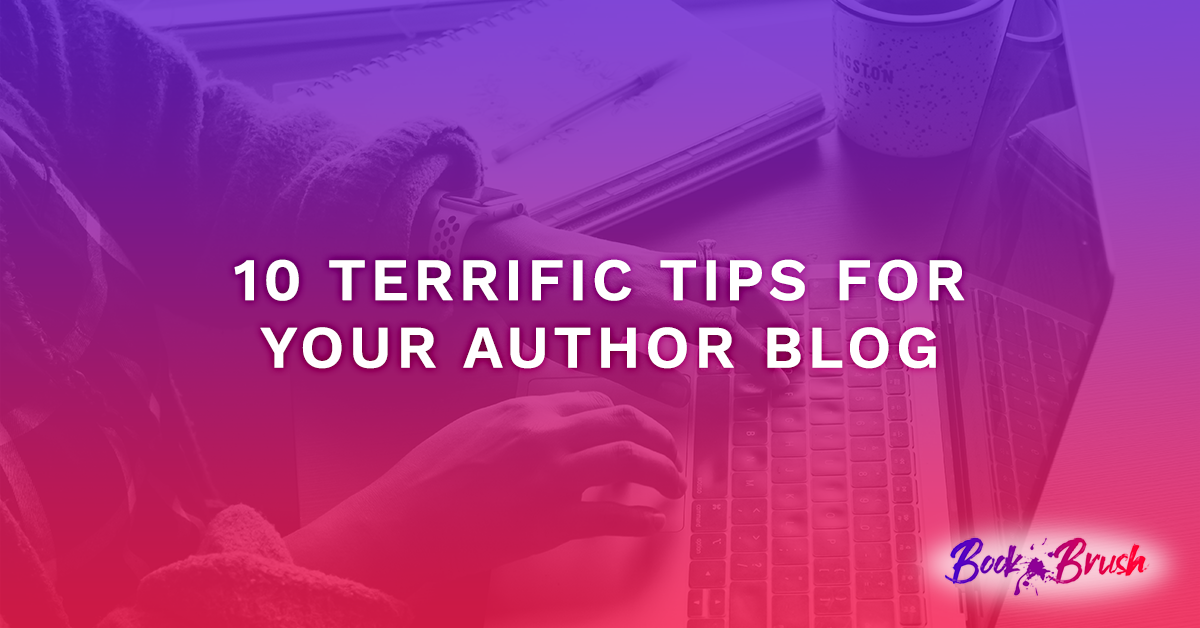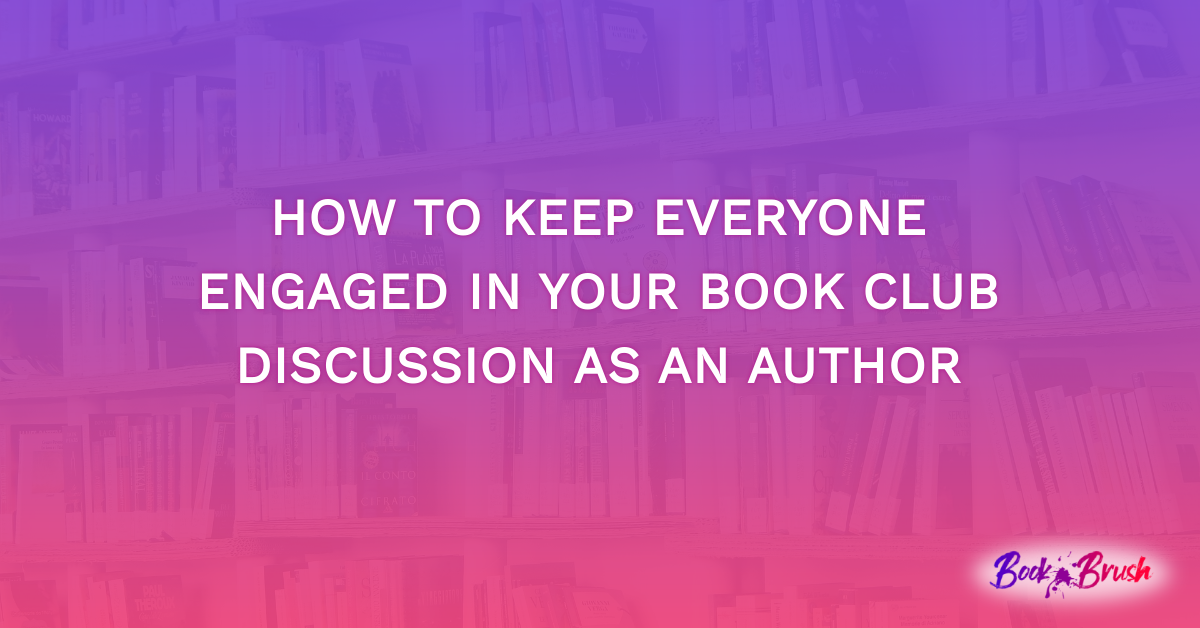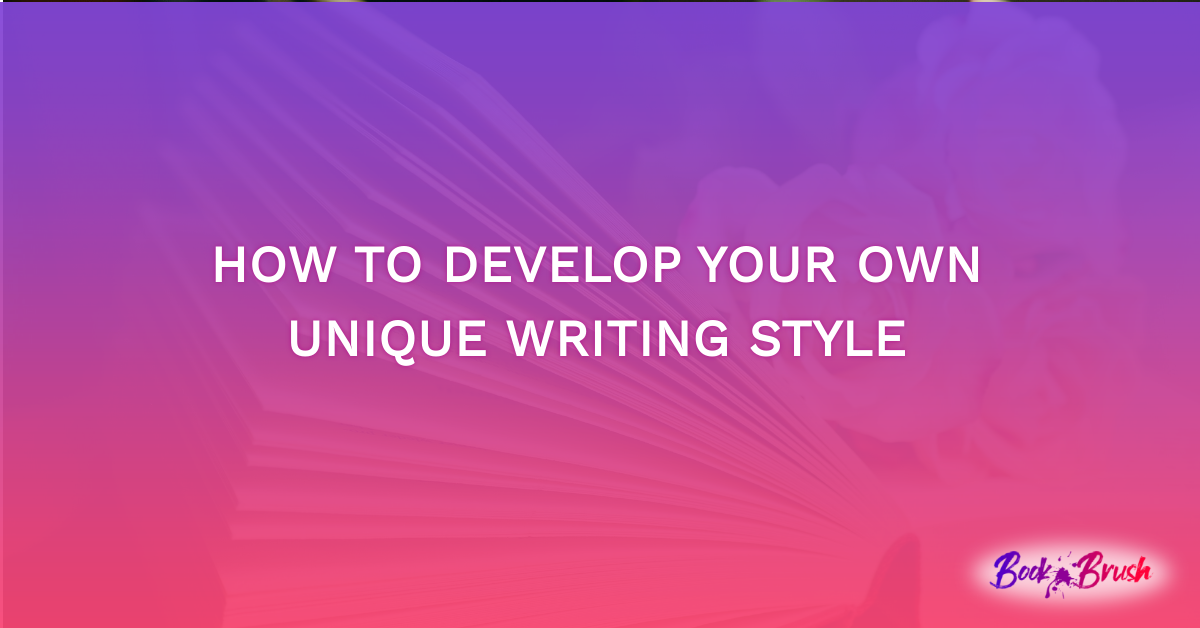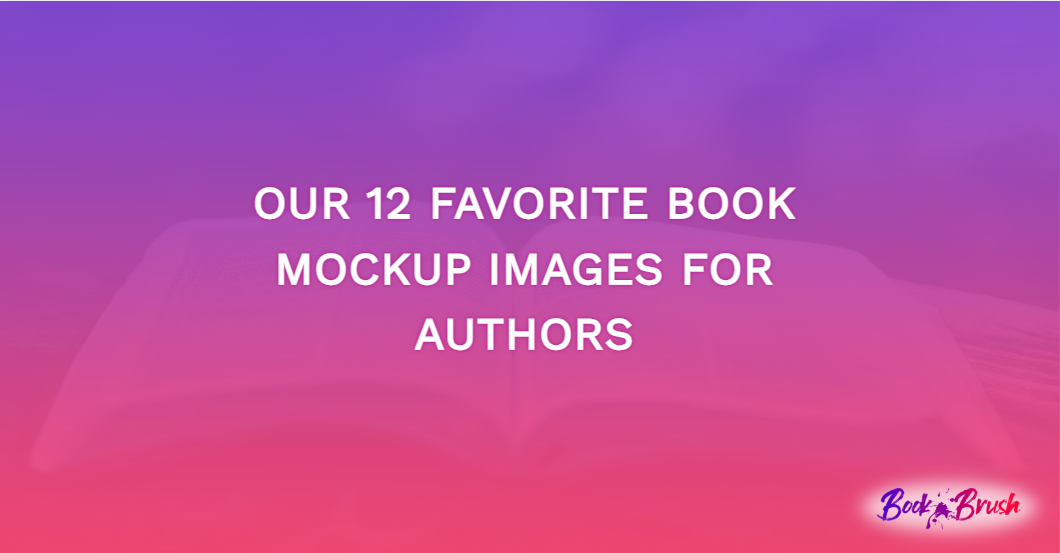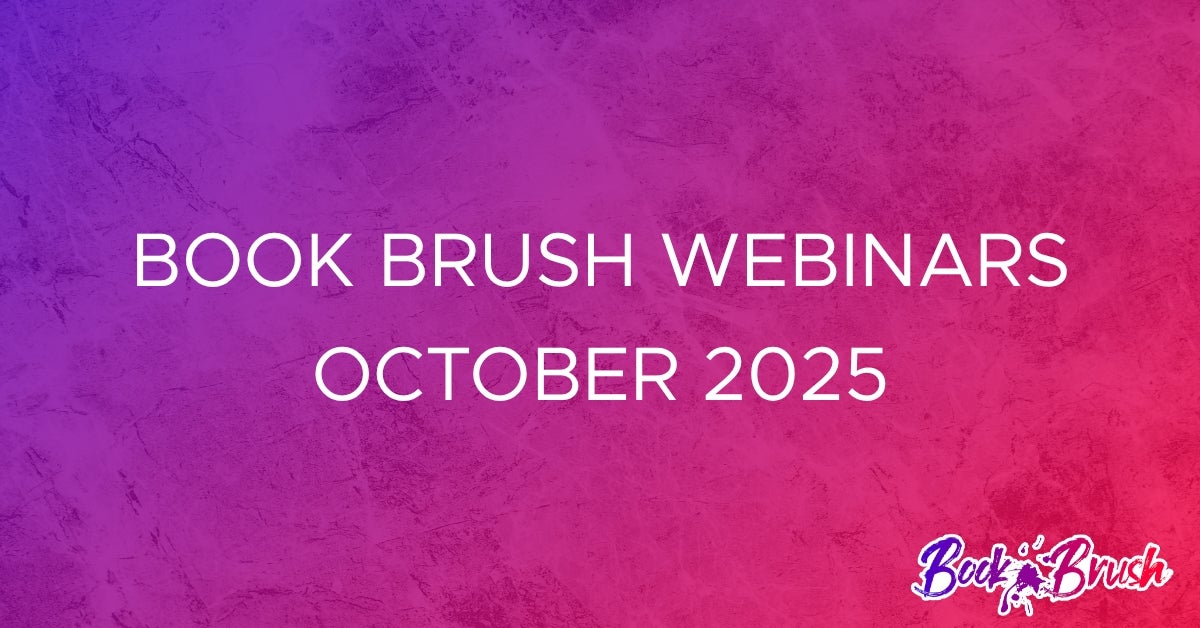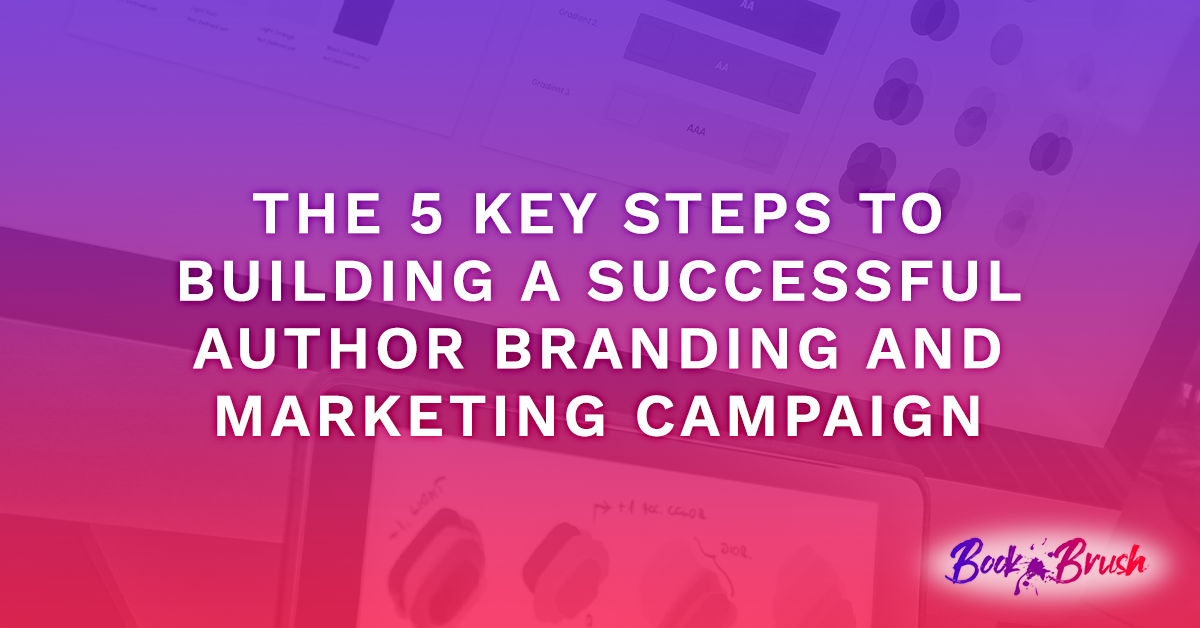
10 Tips
Your author blog is one of the most important marketing tools in your arsenal. It allows you to connect with readers, establish credibility, and build trust in your author brand (which is you!). Posting frequently and consistently on your blog also helps you develop a writing routine.
Keep reading for 10 terrific tips for your author blog.
1. Determine your why
As an author, you have time to write only a certain number of words each day. Consider why you’re blogging and what your end goal is.

Time Is Precious
Blogging can be a great way to connect to your readers and allow readers to get to know you and your books. But if you jump into blogging without setting a goal, you may struggle to get traffic to your blog.
2. Build an idea bank
At some point, every blogger has trouble coming up with ideas. The key to overcoming this is to set up a master list of ideas you can refer to when your blogging idea well runs dry.
Here are some tips to do just that:
- Brainstorm ideas. Write down all your ideas, even the bad ones. You never know when you might find a nugget that stands out.
- Peruse the headlines. The hot topics of the day can generate blog post ideas.
- Check out similar blogs. What are other authors blogging about?
- Check your analytics. Which of your blog posts have been the most popular in the past? How can you expand on those?
- Think like a reader. What do you want to know about your favorite authors and their books? You can also study comments from your readers to gain insight into what resonates with them.
3. Write compelling headlines
If your headline is unclear, ambiguous, or too long, people won’t click to read your blog. When people read online, they scan headlines to decide what to read.
Here are some things to consider when writing your headline:
- Use specific language and action words.
- Include search engine optimization (SEO) techniques and keywords that would be found in a Google search.
- Appeal to the senses.
- Write headlines of six words or fewer.
- Include numbers.
4. Use captivating images
Images catch people’s attention, make posts more appealing, and improve readability. Use at least one image in your blog post. Social media sites will pull this image when your post is shared.
To break up text for readability, use an image every 100 to 350 words. A great image can direct a reader’s attention to a subsection you don’t want them to miss.
Book Brush is an excellent tool for creating captivating images that stand out from the crowd. Their images come from Pixabay. (Learn more about best practices for using photos.)
With Book Brush, creating your own images has never been easier. Use their Instant Mockups to include your book in a pre-designed image.
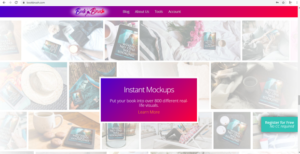
Book Brush’s Instant Mockups
Or add your own text, logo, and book images to the background of your choice with the Custom Creator.
5. Determine length
Blog posts can vary in length from 350 to 1,500 words—there’s no set length. The focus should be on communicating with your reader and providing the great content they’ve come to expect.
You can do that in the following ways:
- Use short, snappy sentences.
- Use short paragraphs.
- Use specific words.
- Break up text with images and subheadings.
- Include white space between sentences or paragraphs.
- Include SEO techniques and keywords to improve search engine rankings.
- Use bullets and numbers to improve scan ability.
6. Use a storytelling approach
Everyone loves a good story. Storytelling adds a personal touch to your blog that makes it enjoyable for your audience to read.
When you start your blog with a good story, you’ll entice people to read the entire thing. Storytelling brings in the human component and provides a mechanism for connection and empathy.

Use A Storytelling Approach
Storytelling allows readers to see your writing style and hear your voice. This will compel them to read more of your work.
You can create a story that stands out with the following:
- Descriptive language. Allow the reader to experience what’s happening along with you.
- Action. Use action verbs to propel the reader into the story.
- Emotion. Craft the story to appeal to the reader’s emotions.
- Theme. Consider the larger message behind your blog post and convey that to the reader.
7. Include bonus material
Your blog is the perfect venue to explore everything related to your writing, from the genre you write to the craft of writing to your specific areas of expertise. Bonus material provides value and will help readers remember your blog even after they walk away.
Some ideas include the following:
- For fiction writers. Use your blog to share deleted scenes, alternate scenes, character profiles, or scenes from a different point of view.
- For nonfiction writers. Share research, trends, or tutorials related to your book’s topic.
8. Include your audience
When writing your author blog posts, use the second person pronouns “you” and “your.” Your blog is a good place for you connect with your readers on a deeper level, and using second person will engage your audience, draw them in, and convince them to take action.
Consider your readers’ needs and share helpful tips. Include anecdotes about your own experiences when relevant, but make sure to include actionable advice for your readers.
Include a link in every blog post for readers to subscribe to your newsletter. Ask readers if there’s a topic they want you to cover in a future post. Also, ask them to respond to questions, vote on book covers or titles, and help you choose your next project. Engage with your readers by responding to their comments.
The more you include your readers in your writing process, the more invested and loyal they’ll become.
9. Be mobile friendly
More readers are consuming material on their phones or tablets, so it’s important to take this into consideration when designing your blog.
Use a mobile-friendly blog theme and also consider using shorter headlines that can be scanned at a glance and images with a file size small enough to download quickly.
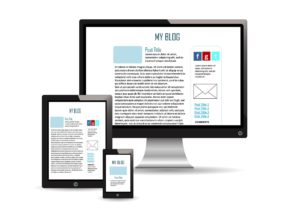
Be Mobile Friendly
Grab your phone or tablet and check out your author blog on that device. Does your blog download quickly? Is it easy to read? If not, you’ll want to remedy that by optimizing your website for mobile devices. Because Google penalizes sites not optimized for mobile, this is another reason to update your site.
10. Build community
With your author blog, you can build a community of readers, industry experts, and fellow authors.
If you write nonfiction, you can establish yourself as an expert in your field through informative blogs, how-to articles, and industry insights that fellow authors will enjoy.
Both fiction and nonfiction authors can network with other authors by conducting interviews and offering to do guest posts.

Build A Community
Conducting author interviews allows you to expand your target audience. Choose authors who write in a similar genre as you so that you’ll retain the audience even after the interview is over.
On the flip side, you can offer to do interviews and guest posts. Again, you’ll gain a new audience, many of whom will follow you back to your own blog and become a loyal reader.
Implementing these tips will enhance your blog as a marketing tool. Try one new thing at a time, and watch your reader engagement grow.
 Staci Mauney is a freelance writer and editor and indie author from Oklahoma. She is the co-owner of Prestige Prose, a freelance writing and editing company found at prestigeprose.com. As an author, she has written four devotionals in the Echoes of Joy series, where her Yorkshire terrier, Lilly, is the main character. She volunteers for a variety of organizations in her local community and is a member and past president of the Oklahoma Writers’ Federation, Inc. (OWFI).
Staci Mauney is a freelance writer and editor and indie author from Oklahoma. She is the co-owner of Prestige Prose, a freelance writing and editing company found at prestigeprose.com. As an author, she has written four devotionals in the Echoes of Joy series, where her Yorkshire terrier, Lilly, is the main character. She volunteers for a variety of organizations in her local community and is a member and past president of the Oklahoma Writers’ Federation, Inc. (OWFI).
